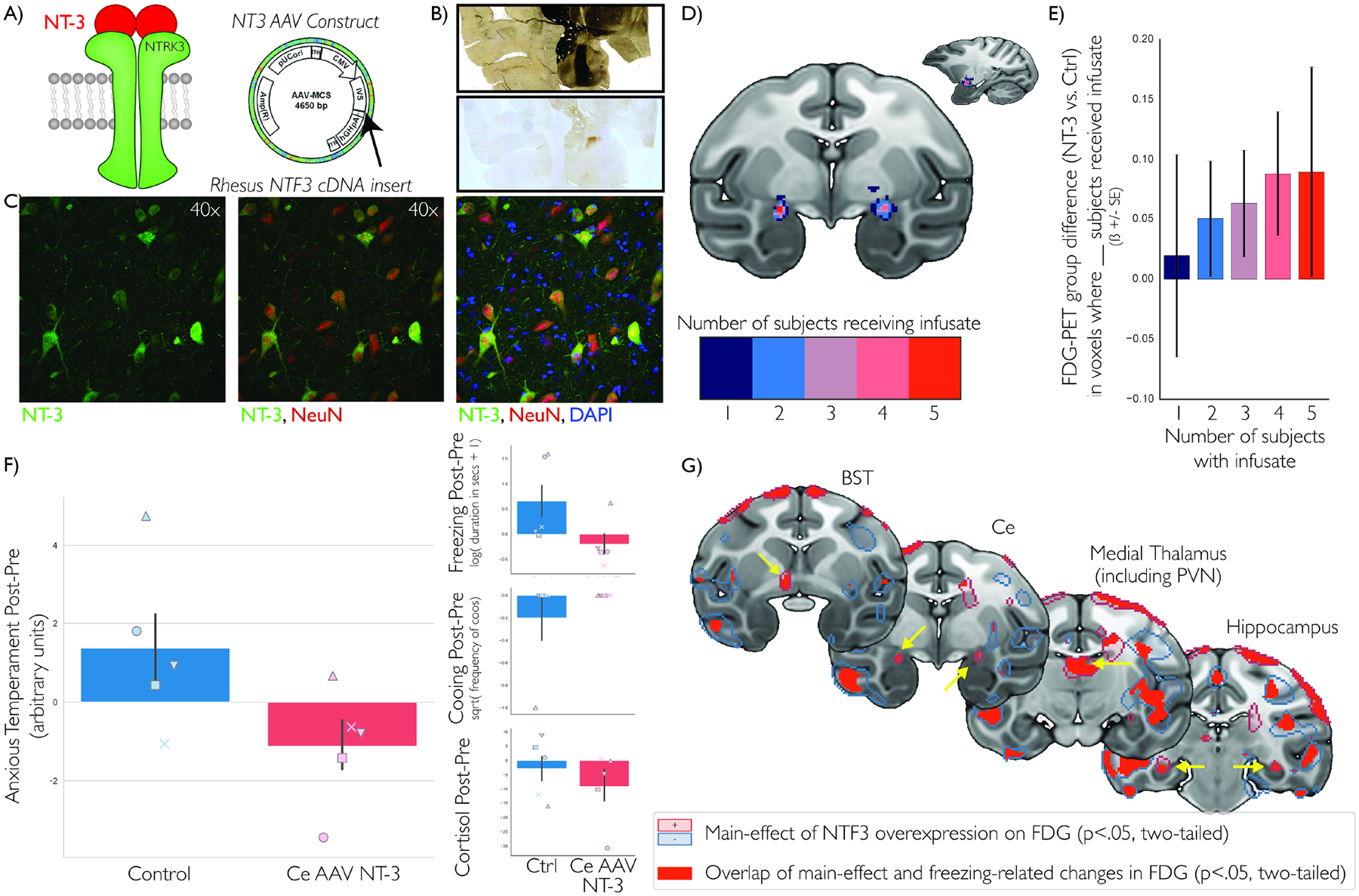Figure 3. AAV5-NTF3 overexpression in the dorsal amygdala alters regional metabolism and decreases AT.

Because NT-3 is the primary ligand for NTRK3 (a, left), we infused AAV5 containing the NTF3 construct (a, right) to overexpress NT-3 in the dorsal amygdala of 5 young rhesus monkeys, using convection enhanced delivery and intraoperative MRI-guided surgical techniques (30, 32). Expression of NT-3 was verified using precise post-mortem dorsal amygdala localization using corresponding acetylcholinesterase (AChE) staining (b, top) with an NT-3 antibody for visualization of overexpression (b, bottom), and high-magnification co-staining demonstrating selective neuronal expression: NT-3 (green), NeuN (red; neurons), and DAPI (blue; cell nuclei) (c). We demonstrated accurate targeting of the infusate into bilateral dorsal amygdala region in all five animals after transformation to standard space (d), using pre-mortem real-time T1-weighted MRI imaging of the viral-vector mixed with radio-opaque Gd infusate. Results demonstrated infusion-overlap related group-differences in NEC-context metabolism, such that the infusion-induced metabolic changes were larger in those voxels in which more subjects received infusate (n=5) compared to uninfused control animals (n=5) (e). AAV-NTF3 infusion was associated with decreases in AT (n=5/group) (f, left). Dorsal amygdala AAV-NTF3 overexpression was significantly associated with decreased freezing, but did not reach significance with cooing and cortisol (though in the predicted direction, suggesting these changes could be specifically associated with freezing (f, right inset). Each Ce-AAV-NTF3 animal has their own marker, which is shared by their matched control (f). Finally, we identified brain-wide metabolic changes that demonstrated a main effect of AAV-NTF3 overexpression (g; p<.05, two-tailed, uncorrected; n=5/group), where changes in metabolism were correlated with changes in freezing across groups (g, red; n=10) in regions that included the BST, dorsal amygdala, medial thalamus, and hippocampus (yellow arrows). These data suggest that the behavioral alterations resulting from dorsal amygdala NTF3 overexpression may be mediated by a distributed network of metabolic changes.
